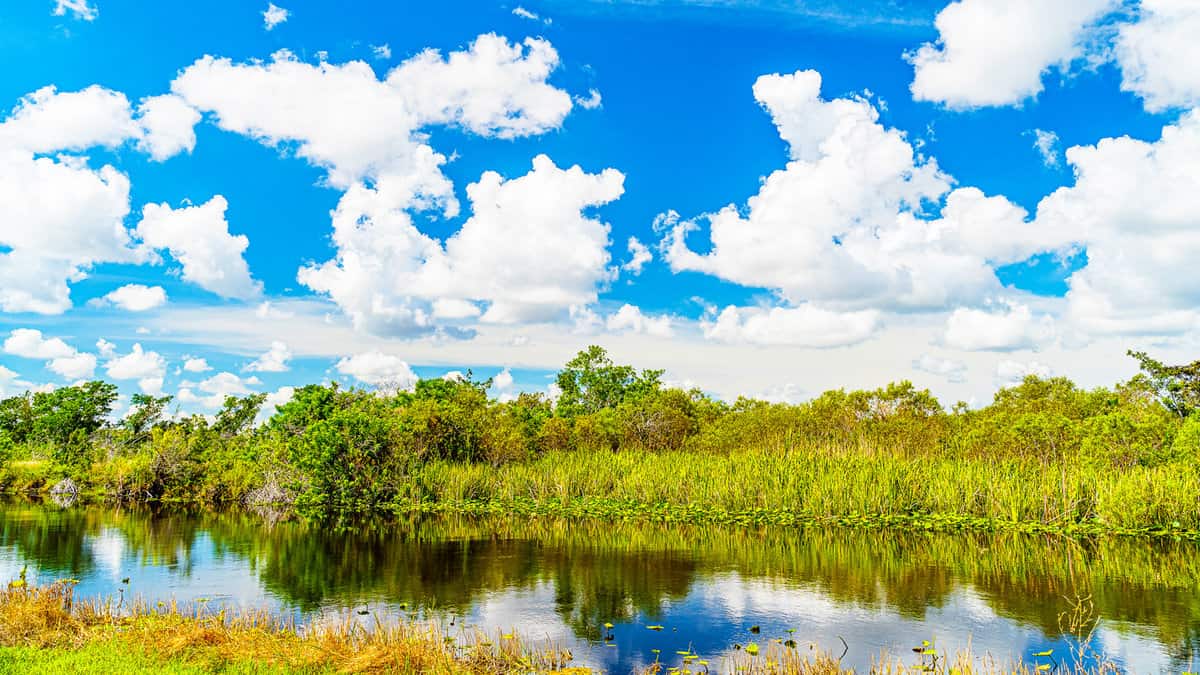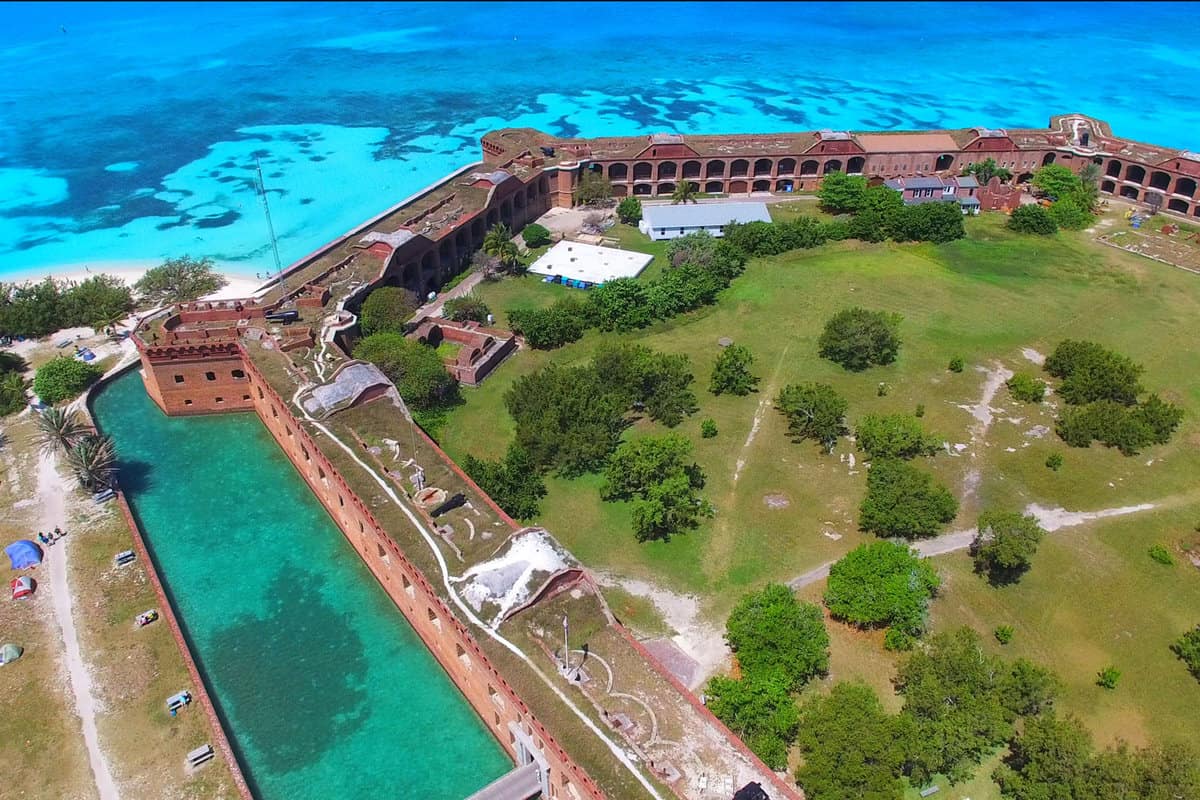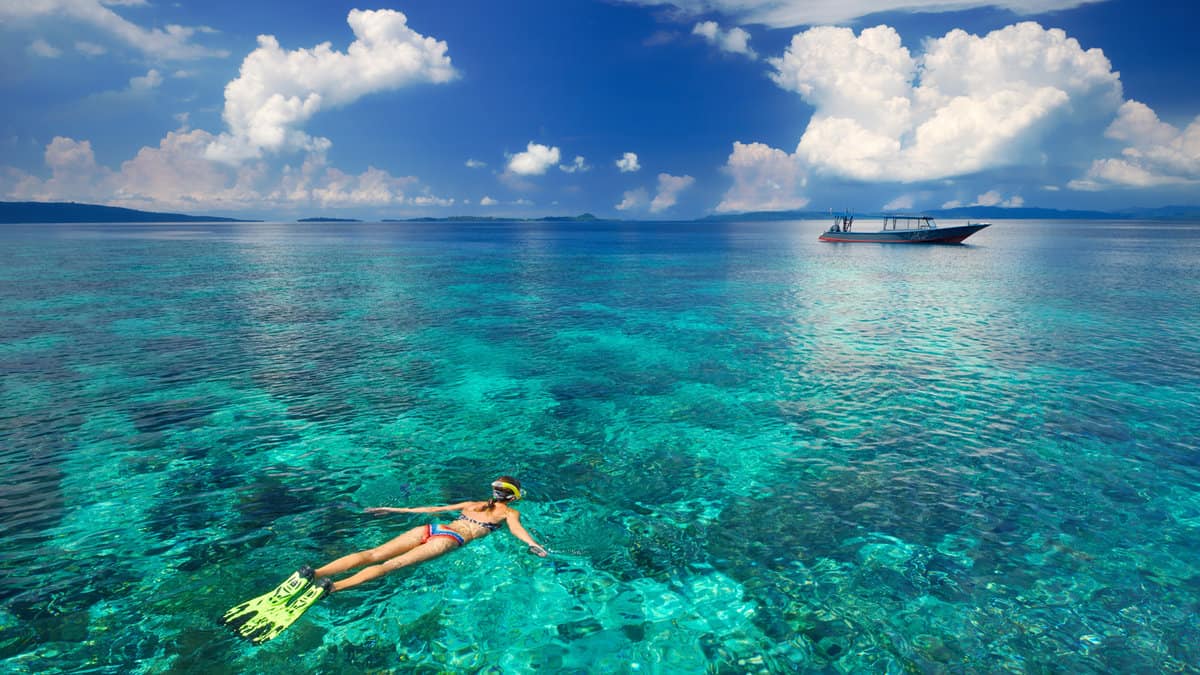With over 3,800 square miles of crystal clear waters and vibrant marine habitats, the Florida Keys National Marine Sanctuary is a paradise for nature lovers.
If you're looking for an unforgettable experience interacting with diverse marine life, this protected sanctuary stretching along the Florida Keys is a must-visit destination.
Read on to discover the top ways to immerse yourself in the incredible beauty of this national treasure and create memories that will last a lifetime.
With knowledge of the sanctuary's ecology and regulations to protect this fragile ecosystem, you're sure to have an incredible experience connecting with marine life.
So get ready to explore the wild heart of the Florida Keys!
But First, A Quick History of the Florida Keys National Marine Sanctuary
Established in 1990, the sanctuary was created to protect the unique and fragile ecosystem of the Florida Keys.
The sanctuary was established after the Exxon Valdez oil spill and damage from three major ship groundings.
It encompasses both previous sanctuaries and is home to the only coral barrier reef in the continental United States.
The Florida Keys National Marine Sanctuary is part of the National Marine Sanctuary System, managed by the National Oceanic and Atmospheric Administration (NOAA).
NOAA is responsible for managing and protecting the nation's marine resources, and the National Marine Sanctuary System is one of the ways it accomplishes this.
The National Marine Sanctuary Act passed in 1972, established the National Marine Sanctuary System.
The act also authorized the Secretary of Commerce to designate and protect areas of the marine environment with special national significance.
The Florida Keys National Marine Sanctuary is one of 15 national marine sanctuaries in the United States.
Now, here are the best ways you can explore marine life within the Florida Keys National Marine Sanctuary:
Exploring the 5 Sanctuary Zones
The marine zones are divided into five types:
- Ecological Reserves (ERs)
- Sanctuary Preservation Areas (SPAs)
- Wildlife Management Areas (WMAs)
- Existing Management Areas (EMAs)
- Special-use Areas
1. Ecological Reserves
The expansive Ecological Reserves are akin to underwater treasure troves. They aim to encapsulate and protect all marine habitats within the sanctuary.
This comprehensive conservation approach ensures that the delicate balance of marine ecosystems is preserved, from the shimmering surface to the deepest seabed.
A dive into these zones offers a glimpse into the sanctuary's vibrant and diverse marine life, all thriving in harmony.
2. Sanctuary Preservation Areas
A sanctuary within a sanctuary, the Sanctuary Preservation Areas are dedicated guardians of the shallow reefs that stretch across the reef tract.
These SPAs are more than just protected zones; they are vital ecosystems that play an instrumental role in maintaining marine biodiversity.
Encompassing biologically crucial regions, SPAs are a testament to the sanctuary's commitment to nurture and sustain marine habitats and species.
3. Wildlife Management Areas

Nature's nursery and haven, the Wildlife Management Areas, are crafted with a singular purpose: to minimize disturbances to the sanctuary's most sensitive inhabitants.
Whether it's for birds resting and feeding or turtles nesting on secluded beaches, these areas are designed to offer them the peace and protection they deserve.
4. Existing Management Areas

History and conservation meld seamlessly in the Existing Management Areas.
Recognizing and preserving zones established by NOAA or other federal agencies before 1997, these areas are a nod to past conservation efforts.
They are reminders of the enduring commitment to marine protection, ensuring that previous endeavors flourish under this sanctuary's protective umbrella.
5. Special-use Areas
Where curiosity meets conservation, the Special-use Areas are dedicated spaces for scientific research, exploration, and understanding.
Diving into these zones is an immersion into the ever-evolving world of marine science and the relentless pursuit of knowledge in this field.
Diving and Snorkeling in the Sanctuary
With crystal clear waters and abundant colorful fish, coral reefs, and other sea creatures, the Sanctuary is a paradise for underwater enthusiasts.
The coral barrier reef, the third largest in the world, is one of the main attractions for divers and snorkelers.
The reef is home to rich marine life, including sea turtles, sharks, and colorful tropical fish.
Looe Key, a popular diving and snorkeling spot, is located within the sanctuary preservation area and is known for its vibrant coral formations and diverse sea life.
Many local dive shops offer guided tours and certification courses so you can learn the skills you need to navigate the reefs and observe marine life safely.
When planning your diving or snorkeling trip, follow the Sanctuary's rules and guidelines for responsible diving, which you can find a little way down this section.
Fishing in the Sanctuary
The sanctuary is home to more than 6,000 species of marine life, including many popular game fish, such as snapper, grouper, and tarpon.
The sanctuary has specific fishing regulations to protect its unique and fragile ecosystem.
For example, there are restrictions on the types of gear you can use, the size and number of fish you can catch, and where you can fish.
You can find more information on the regulations on the Florida Department of Environmental Protection website.
If you're new to fishing or want to learn more about the sanctuary's marine life, consider taking the free Boater Education Course offered by the sanctuary.
The course covers the natural and historic resources within the sanctuary, responsible boating and stewardship strategies, and sanctuary rules and regulations.
The course is a great way to learn how to fish responsibly and protect the sanctuary's unique ecosystem.
Boating in the Sanctuary
Boating is a fantastic way to explore the Florida Keys National Marine Sanctuary.
Here are some tips to help you maximize your boating experience in the sanctuary:
1. Follow Regulations
As a boater in the Florida Keys National Marine Sanctuary, you should follow all regulations to help protect the marine environment.
The Sanctuary Advisory Council developed guidelines to help boaters navigate the area safely and responsibly. Some of the regulations to keep in mind include:
- No anchoring on coral reefs or seagrass beds
- Keep a safe distance from wildlife
- Do not feed or touch marine animals
- Observe speed limits in designated zones
2. Use a Guide
If you're new to boating in the Florida Keys National Marine Sanctuary, it can be helpful to use a guide.
Many local tour operators offer guided tours of the sanctuary, providing you with expert knowledge and insights into the marine environment.
These guides can help you navigate the different zones, identify different species of marine life, and learn about the history and culture of the area.
Visiting Dry Tortugas National Park
If you're looking for a unique way to experience marine life in the Florida Keys National Marine Sanctuary, a visit to Dry Tortugas National Park might be just what you need.

This remote park is located about 70 miles west of Key West and is only accessible by boat or seaplane.
One of the best ways to get to Dry Tortugas National Park is by ferry from Key West, Florida.
Try the Yankee Freedom III, an authorized ferry to the park that offers daily trips that include breakfast, lunch, snorkeling gear, and a guided tour of Fort Jefferson.
The ferry ride takes about 2.5 hours each way and offers stunning views of the ocean and surrounding islands.
However, the ferry is not the only option to visit the park.
You can also take a seaplane or a private charter, which are faster and more flexible but more expensive and limited in capacity.
Choose the best way to experience this remote and beautiful national park depending on your budget, time, and preferences.
Once you arrive at Dry Tortugas National Park, there are plenty of opportunities to explore the marine life.
With less than 1% of the park being dry ground, the best way to see this remarkable national treasure is by getting in the water.
Swimming, snorkeling, and diving are all popular activities in the park.

If you're interested in diving, the park has several dive sites that offer a unique experience.
The Windjammer Wreck is a popular spot for divers and is home to a variety of marine life, including sea turtles and colorful fish.
If you prefer snorkeling, the park has several snorkeling spots easily accessible from the beach.
The shallow waters around the park are home to various marine life, including coral reefs and colorful fish.
In addition to exploring the marine life, there are several other activities to enjoy at Dry Tortugas National Park.
You can tour Fort Jefferson, a historic fort built in the 1800s, or relax on the beach and enjoy the beautiful scenery.
For those intrigued by marine life, Where To Find Seahorses In Florida: 5 Must-Visit Spots and Top 4 Hot Spots To See Sea Turtles In Florida offer additional venues to witness the wonder of underwater creatures.
Visiting the Sanctuary: Rules and Regulations
Please follow the rules and regulations when you visit the Florida Keys National Marine Sanctuary to protect its unique resources. Here are some tips for your visit:
General Rules
- Respect the sanctuary's resources and wildlife by not touching or disturbing them.
- Do not feed the animals or bring food or drinks into the water.
- Do not remove living or non-living resources, including shells, coral, and artifacts, from the sanctuary.
- Do not anchor on coral reefs or seagrass beds; use mooring buoys instead.
- Do not dispose of trash or waste in the sanctuary; use the designated trash receptacles on land.
Activities
- Diving and snorkeling are allowed in most sanctuary areas, but there are some restricted zones. Check the marine zones map for more information.
- Fishing is allowed in some areas of the sanctuary, but there are specific regulations to follow. Check the sanctuary regulations for more information.
- Boating is allowed in most areas of the sanctuary, but there are speed limits and other regulations to follow. Check the sanctuary regulations for more information.
Permits
- Some activities, such as research, commercial filming, and special events, require permits. Check the permitting page for more information.
- Camping is not allowed in the sanctuary, but nearby campgrounds are available.
Additional Information and Resources
If you're planning a trip to Florida Keys National Marine Sanctuary to see marine life, there are a few additional resources you may find helpful.
Map
To help you plan your visit and navigate the sanctuary, check out the Florida Keys National Marine Sanctuary map.
This map includes information on sanctuary boundaries, marine zones, and more.
Downloadable Resources
You can download various resources from the Florida Keys National Marine Sanctuary website for additional information on the sanctuary and its marine life.
These resources include fact sheets, brochures, and guides to the sanctuary's marine life.
Outline of Rules and Regulations
Before you visit the sanctuary, it's essential to familiarize yourself with the rules and regulations.
This outline includes information on activities prohibited within the sanctuary and responsible boating and fishing guidelines.
Start Your Florida Keys Marine Adventure
With its wealth of vibrant marine life and crystal clear waters, the Florida Keys National Marine Sanctuary offers endless opportunities for underwater exploration.
As you plan your snorkeling, scuba diving, or glass-bottom boat tour, remember to be an ocean guardian by following all sanctuary guidelines.
Respect wildlife, avoid touching coral, and be sure to moor properly. By following responsible practices, you'll help this fragile ecosystem continue to thrive.
From shipwrecks shrouded in mystique to colorful reefs teeming with fish, a whole new aquatic world awaits your visit.
So grab your gear, research, and dive into an unforgettable adventure in the wondrous Florida Keys National Marine Sanctuary!
